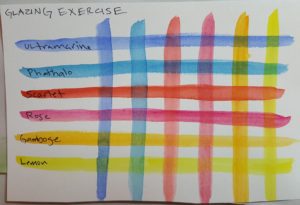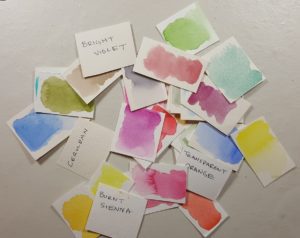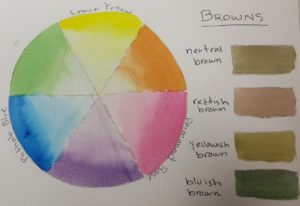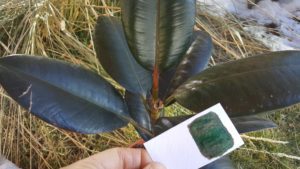We are wrapping up your free Watercolor Painting Challenge soon but I wanted to leave you with a few more activities to solidify your relationship with your paints and give you the confidence to start painting on your own.
Time to Play with your Paints!
Have a ‘playdate’ with your watercolors and try the exercises below. They’ll help you to get more acquainted with your paints and you’ll be ‘besties’ in no time! I’ve included basic samples below, but feel free to follow your own muse and be as creative as you want.
1) Create a Glazing Grid
Here you’ll paint parallel lines of all your colors and let them dry thoroughly (you’ll know when it’s dry when it no longer feels cold to the touch). Then paint those same colors across at a 90-degree angle. In this way, you’ll see how all of your colors interact with each other, in other words, which are more transparent, which are more opaque, which modify others strongly, and which barely make a difference, and which combinations are most pleasing to the eye.
Pro tip: Glazing is when you paint one color over another one that is already dry, in order to modify the existing color. It’s a great technique to use when you feel like the color you’ve painted isn’t quite right and you wish to change the hue or value.
2) Create Color Swatches
Make swatches (about 2 inches square) of each of your colors with their names on the back and quiz yourself. Learning the vocabulary of color is like learning to read as a child – you can’t form sentences until you learn words.
Extra credit: challenge yourself even further with making more swatches. Mix secondaries (oranges, greens, and purples) from your primary colors as well as mixing warm and cool browns from your palette.
3) Design a Color Wheel
Make a good old fashioned color wheel. It doesn’t even have to be a wheel, just any kind of graphic representation of the colors in your palette and how they mix together. So even if you already have secondary colors in your palette, go ahead and mix your own by combining yellow and blue to make green, yellow and red to make orange, and red and blue to make purple. Go a step further and make tints and shades of each of these, and you’ll appreciate just how many colors you can create by even the simplest of palettes.
Extra credit: attach your color wheel to your sketchbook so you can refer to it when out painting in the field!
4) Take a Field Trip
Take swatches from your color mixing exercises outside or around town and practice putting color names on things you see…You might notice a leaf you call sap green, a sunset that’s gamboge, or a beetle that’s burnt umber… you get the idea!
Your Assignment
-
- Try the painting exercises shown above.
- Share photos from these exercises on the Nature Sketching Challenge Facebook Group.
- Watch your email inbox for the next activity in your watercolor journey!




